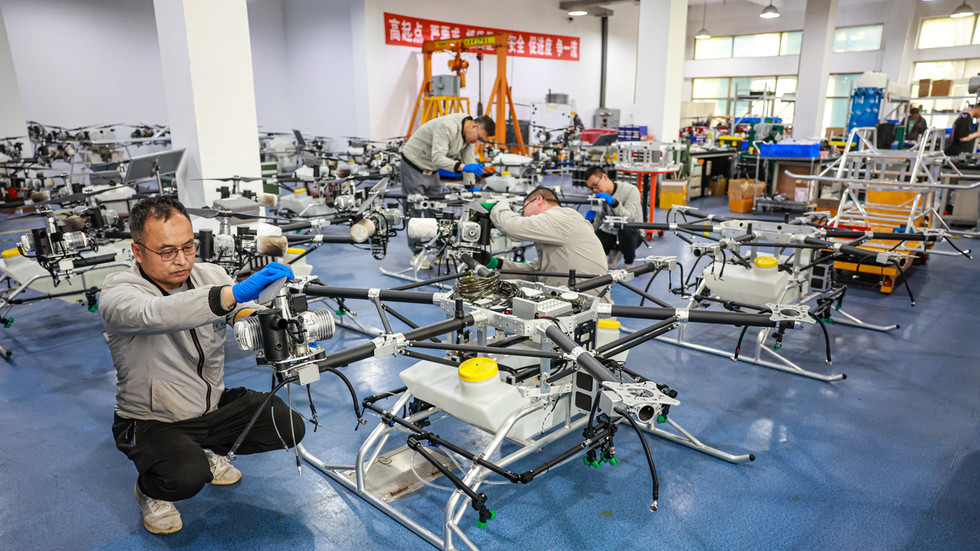China’s recent move to restrict the export of crucial components for drone production has raised alarms in Europe and the United States, particularly impacting Ukraine’s military UAV manufacturers that depend largely on Chinese parts. According to a report by Bloomberg, the restrictions affect various key components critical for drone manufacturing, such as motors, batteries, and flight controllers. Many Ukrainian drone producers are now facing significant challenges sourcing these essential materials due to the limitations imposed by Chinese manufacturers, who are reportedly either limiting the quantities shipped or halting deliveries altogether. Lorenz Meier, CEO of Auterion, a UAV software company that collaborates with the Ukrainian military, forecasts a potential escalation of these restrictions in the future, indicating a challenging landscape for Ukraine’s drone industry and its defense capabilities.
The implications of Beijing’s restrictions appear significant, especially as they are tied to a pattern of escalating trade tensions between China and the United States. Earlier this month, China enacted a ban on dual-purpose items intended for military applications bound for the US military and American companies. This reaction seems to stem from Washington’s imposition of curbs on high-bandwidth memory chips and other semiconductor equipment exported to China. The ongoing technological and military rivalry between these global powers is likely fueling a cycle of retaliatory measures, resulting in tighter controls over critical technologies and components essential for military applications, including UAV systems.
Furthermore, the possibility of more extensive restrictions in the future is on the horizon. Reports indicate that next year China might implement more comprehensive export controls, possibly requiring licenses for export or advance notifications from Chinese manufacturers regarding their shipment plans. This impending situation has compelled drone manufacturers in the US and EU to seek alternative sources for the critical components previously supplied by China. Countries such as Taiwan, South Korea, and Japan have been identified as potential new suppliers, but the feasibility and reliability of these external sources remain to be fully established, creating further uncertainty in the global drone manufacturing landscape.
Amid these trade and supply challenges, it is crucial to note the current dominance of China in the commercial drone market, claiming nearly 80% of the total global share. This makes any shift in its export policy especially impactful, not just for Ukraine but for drone manufacturers and military operations worldwide. The geopolitical tensions surrounding the conflict in Ukraine have prompted both Moscow and Kiev to seek advanced drone technologies, subsequently intertwining China’s role as a key supplier with these nations. Despite these claims, China persistently denies allegations that it provided military components to either side of the ongoing conflict, maintaining its position while navigating complex international relations.
The export of civilian drones with potential military uses has also been a focus, leading China to impose strict controls on such exports. In July, a ban was initiated that encapsulated all civilian drones with dual-use capabilities. Following this, the Ministry of Commerce issued a list of dual-use items subject to export controls, which came into effect on December 1. These initiatives reflect China’s cautious and strategic approach to technologies that could enhance military capabilities, especially in a volatile geopolitical climate. The trend raises overarching concerns regarding the balance between commercial interests and national security in the drone sector.
In light of these events, reactions have surfaced from various global leaders, with Ukrainian President Vladimir Zelensky expressing concerns over the effects of these export limitations. While he did not directly name China in his criticism, the implications of such restrictions on Ukraine’s military capabilities were clear. The intertwining of international trade and defense has become a focal point of contemporary geopolitical strategies, with nations reassessing their reliance on foreign suppliers in crucial sectors like UAV technology. As countries adapt to these evolving dynamics, the drone landscape may witness a significant shift, influencing military operations and technological advancements in the coming years.

